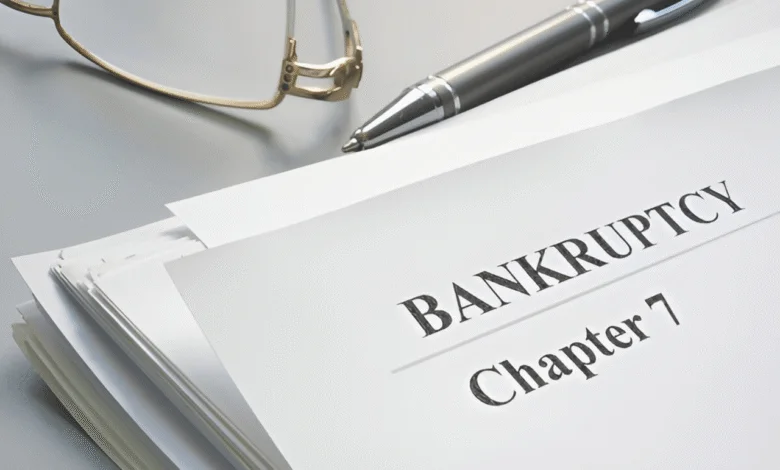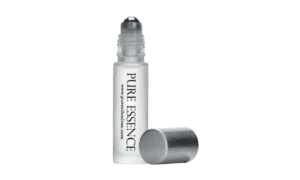Facing financial difficulties can be stressful, especially when debts like credit card balances, medical bills, and personal loans pile up. Fortunately, the U.S. bankruptcy system provides options to help individuals regain control of their finances. Chapter 7 bankruptcy and Chapter 13 bankruptcy are two common paths designed to relieve financial stress and create a fresh start. This guide explains both, their differences, qualifying criteria, and tips for rebuilding credit after filing.
What Is Chapter 7 Bankruptcy?
Chapter 7 bankruptcy, often referred to as liquidation bankruptcy, is designed to help individuals eliminate certain unsecured debts. Under this process, a court-appointed trustee may sell non-exempt assets to repay creditors. However, many essential possessions, such as your primary home, car, and household items, are typically protected by state exemption laws.
The primary benefit of Chapter 7 is that it provides a fast debt discharge, usually within four to six months. Eligible debts include:
- Credit card balances
- Medical bills
- Personal loans without collateral
- Unpaid utility bills
Debts that cannot be discharged include alimony, child support, most student loans, recent taxes, court fines, and fraudulent debts. The goal of Chapter 7 is to give individuals a fresh financial start while ensuring a fair process for creditors.
To fully understand the process and make informed decisions, it’s helpful to understand how Chapter 7 bankruptcy works, including how assets are assessed, which property is protected, and how eligible debts are discharged.
What Is Chapter 13 Bankruptcy?
Chapter 13 bankruptcy, also called reorganization bankruptcy, works differently. Instead of liquidating assets, debtors create a court-approved repayment plan to pay off debts over three to five years. This option is ideal for individuals with a steady income who want to retain important property like a home or car.
Chapter 13 allows debtors to:
- Catch up on overdue mortgage or car payments
- Repay debts gradually while keeping most assets
- Protect themselves from foreclosure or repossession
To better understand the process and make an informed decision, it is important to know how Chapter 13 bankruptcy works. This process provides structure and ensures debts are repaid responsibly over time, while offering flexibility to protect key assets.
How Chapter 7 and Chapter 13 Work
Chapter 7 Process:
- Filing the Petition: Submit income, asset, and debt information to the bankruptcy court.
- Automatic Stay: Stops most creditor actions immediately, including lawsuits, wage garnishments, and collection calls.
- Trustee Oversight: The trustee reviews your finances and may liquidate non-exempt assets to pay creditors.
- Debt Discharge: Eligible unsecured debts are eliminated, usually within four to six months.
Chapter 13 Process:
- Filing the Petition: Provide detailed financial information to the court.
- Repayment Plan: Develop a 3–5 year plan approved by the court to repay debts.
- Regular Payments: Make monthly payments to a trustee who distributes funds to creditors.
- Debt Discharge: After completing the repayment plan, remaining eligible debts are discharged.
Both chapters provide legal protection from creditors, but Chapter 13 allows more control over assets and repayment.
Debts That Can Be Discharged
Chapter 7:
- Credit card balances
- Medical bills
- Unsecured personal loans
- Utility bills
Chapter 13:
- Similar debts as Chapter 7, but repayment occurs gradually
- Priority debts like back taxes or child support arrears may be included in the plan
- Protects property from foreclosure or repossession while paying down debts
Understanding which debts are dischargeable helps set realistic expectations and plan for financial recovery.
Debts That Cannot Be Discharged
Certain debts remain after both Chapter 7 and Chapter 13:
- Alimony and child support obligations
- Student loans (unless extreme hardship is proven)
- Recent tax debts
- Court fines and criminal restitution
- Debts from fraud
Knowing these limitations ensures proper budgeting and financial planning post-bankruptcy.
Impact on Credit
Both Chapter 7 and Chapter 13 affect credit scores differently:
- Chapter 7: Fast discharge (4–6 months), credit score may drop initially, bankruptcy remains on the credit report for up to 10 years.
- Chapter 13: Longer process (3–5 years), payments are reported during the plan, and the bankruptcy stays on the report for up to 7 years after completion.
Rebuilding credit requires patience, disciplined budgeting, and responsible use of credit. Steps include:
- Creating a monthly budget
- Using secured credit cards and paying on time
- Diversifying credit types (installment loans + revolving credit)
- Regularly monitoring credit reports for errors
Emotional and Psychological Considerations
Bankruptcy is more than a financial decision; it can impact emotional well-being. Many individuals experience stress, anxiety, and feelings of failure. Relationships may be affected by financial pressures. Seeking support from family, friends, or counselors can help navigate these challenges.
Both Chapter 7 and Chapter 13 are steps toward regaining control and rebuilding life, so understanding the emotional implications is crucial for a smoother recovery.
Choosing Between Chapter 7 and Chapter 13
- Need Quick Relief: Chapter 7 is faster and may eliminate debts in months.
- Asset Protection: Chapter 13 allows retention of valuable property while repaying debts.
- Income Considerations: Chapter 13 requires steady income for monthly payments.
- Financial Goals: Evaluate whether immediate debt discharge or long-term repayment aligns with your priorities.
Consulting a bankruptcy attorney helps determine the best chapter based on personal finances, assets, and long-term goals.
Common Myths About Bankruptcy
- All debts are erased. (Some remain in both chapters)
- Filing ruins credit forever. (Credit can recover over time)
- Bankruptcy means losing everything. (Exempt assets are protected)
- Only irresponsible people file. (Many file due to job loss, medical bills, or unforeseen emergencies)
- It’s impossible to qualify. (Eligibility tests exist, but many qualify)
Conclusion
Both Chapter 7 and Chapter 13 bankruptcy provide legal paths to financial relief. Chapter 7 offers a faster discharge of debts, while Chapter 13 allows for structured repayment and asset protection. Understanding your options, obligations, and the impact on credit and emotions is essential. With careful planning, guidance from a bankruptcy attorney, and disciplined financial habits, bankruptcy can serve as a fresh start toward financial stability and security.
For more detailed information and professional assistance, you can also visit US Bankruptcy Help



































